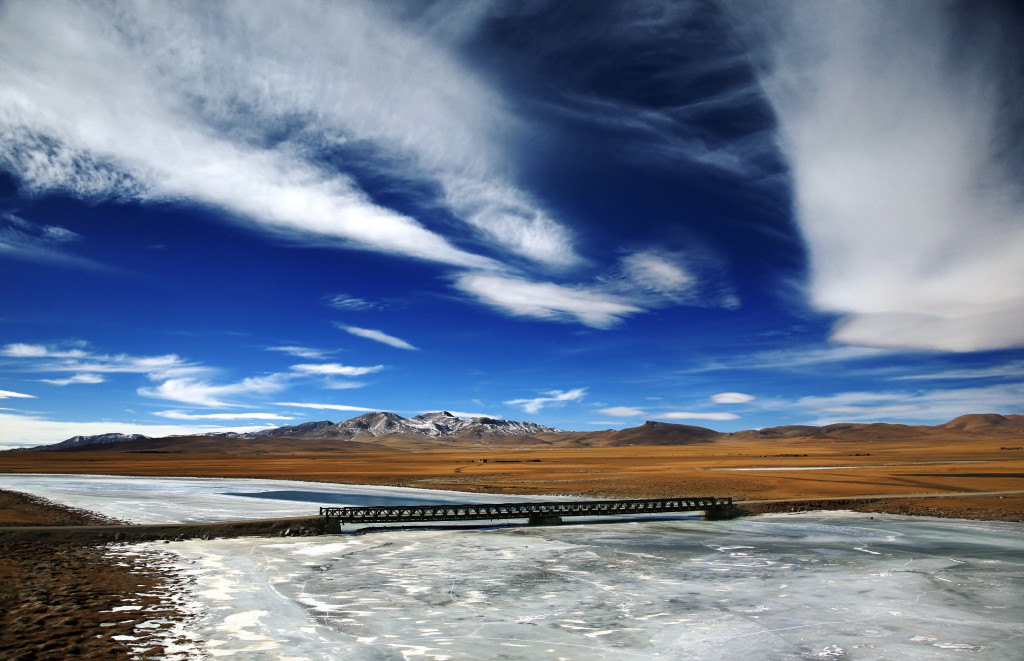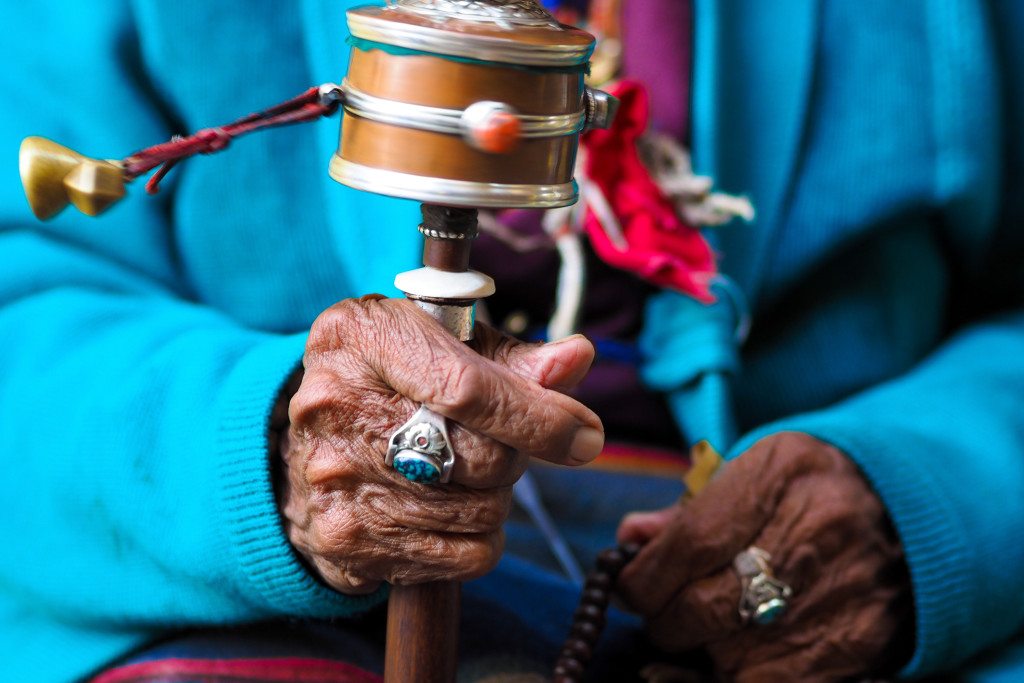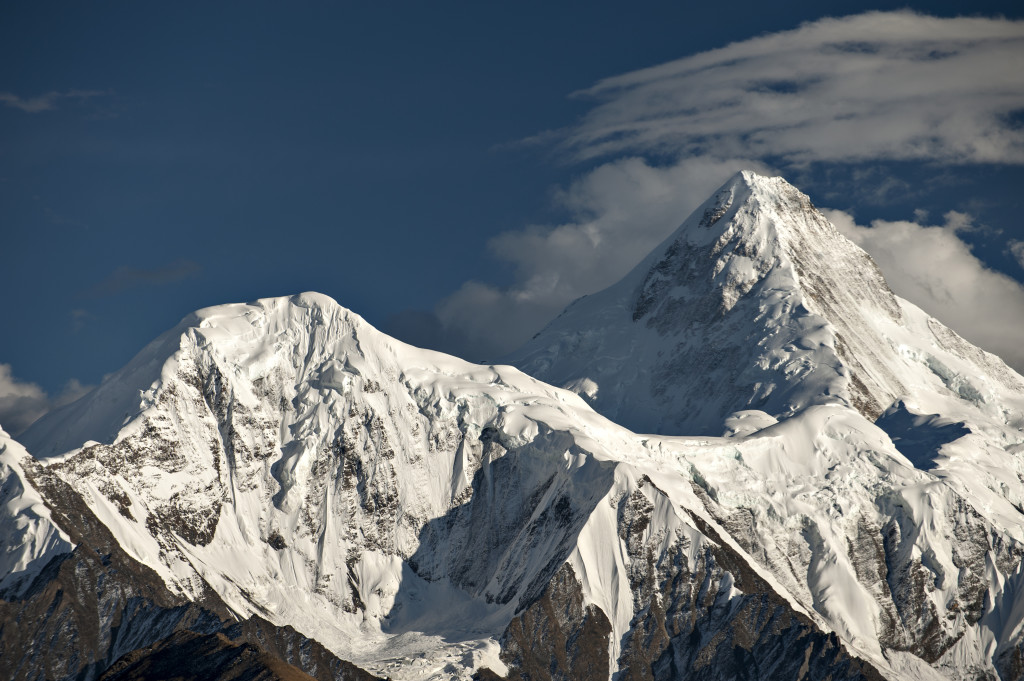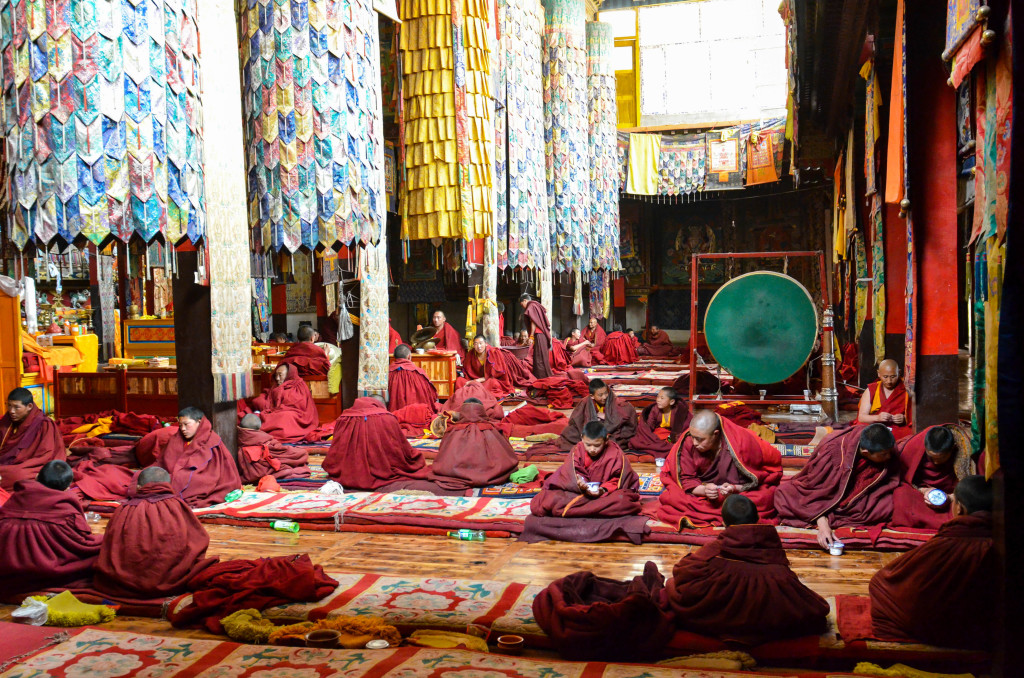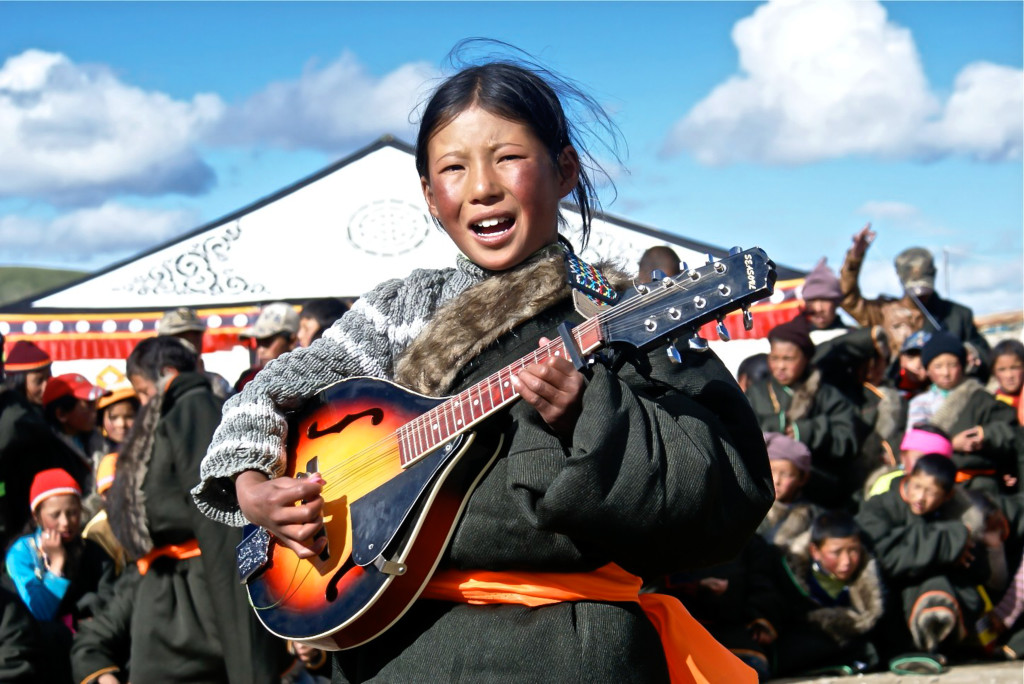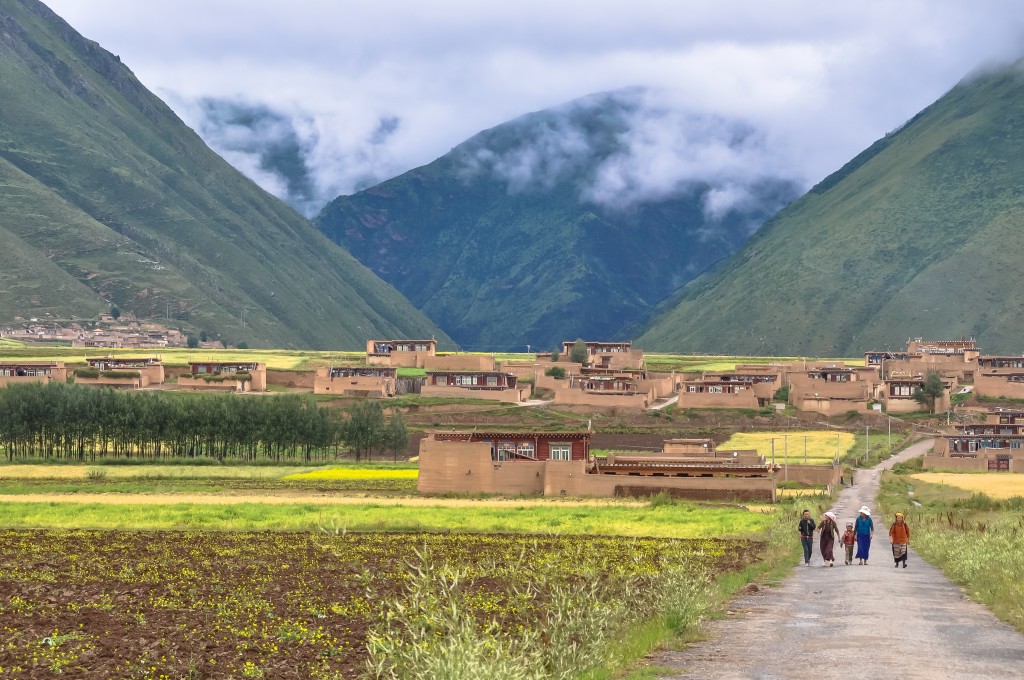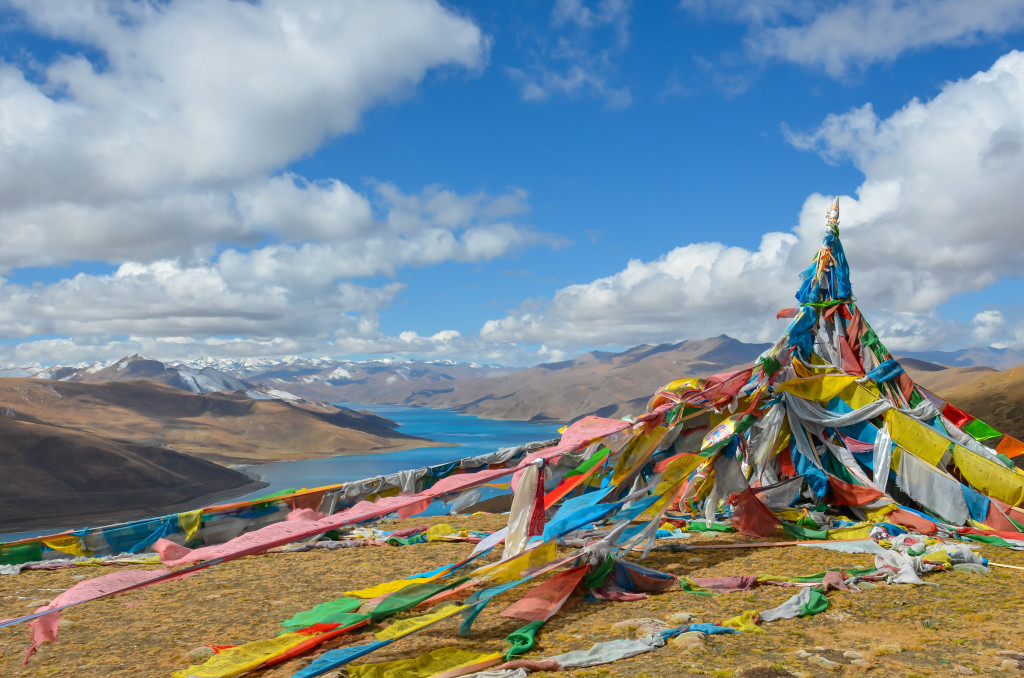
UPDATED November 2017: This post has the current Tibet Travel Regulations. For more information on traveling to Tibet
For information on a reputable, affordable, local travel agency for your upcoming Tibet tour, please send an email to: info@thelandofsnows.com or click here to use our HIMALAYA TRIP PLANNER
Tibet Travel Regulations
Each year I do my best to keep up-to-date on the various Tibet travel regulations and restrictions. Tibet, including the regions of Amdo and Kham, can sometimes be politically unstable. When areas and regions are unstable, the government (not travel agencies) either closes specific areas or imposes additional travel regulations. It is important to remember that it is not the travel agencies who impose or even want these regulations, but rather it is the Chinese government who hands down these travel restrictions that agencies must follow.
This post will be updated regularly when Tibet Travel Regulations change.
Cost Increases in Tibet Travel
Starting this year, there are new travel regulations being implemented on tourist vehicles. Unfortunately, the so-called “Tibet Transportation Co-Op”, which is backed by the Communist government, has a monopoly on the majority of vehicles used for tourism in Tibet. The Tibet Transportation Co-Op has raised the cost of tourist vehicles in Tibet. This cost raise is NOT from travel agencies, but is from the government. Travel agencies have little choice but to follow this new government regulation. This will cause prices for a Tibet tour, particularly for private tours, to be higher than in the past. Though Group Tours are NOT required in Tibet, they are a more economical way to travel. For more on this, read the following article: Tibet travel cost increase
Required Organized Tibet Tour
All foreign travelers going to the Tibet Autonomous Region (TAR) are required to be on an organized tour that only a travel agency can arrange. There are no exceptions. All foreign travelers must have a private vehicle, driver, tour guide and travel permits when traveling in Tibet. Nearly all nationalities can travel to Tibet. The main exception is travelers from Norway, who are currently unable to get permits for Tibet. For assistance in arranging Tibet travel, email me at:
NOTE: Foreigners are required to be on an Organized Tour, but are NOT required to be on a Group Tour.
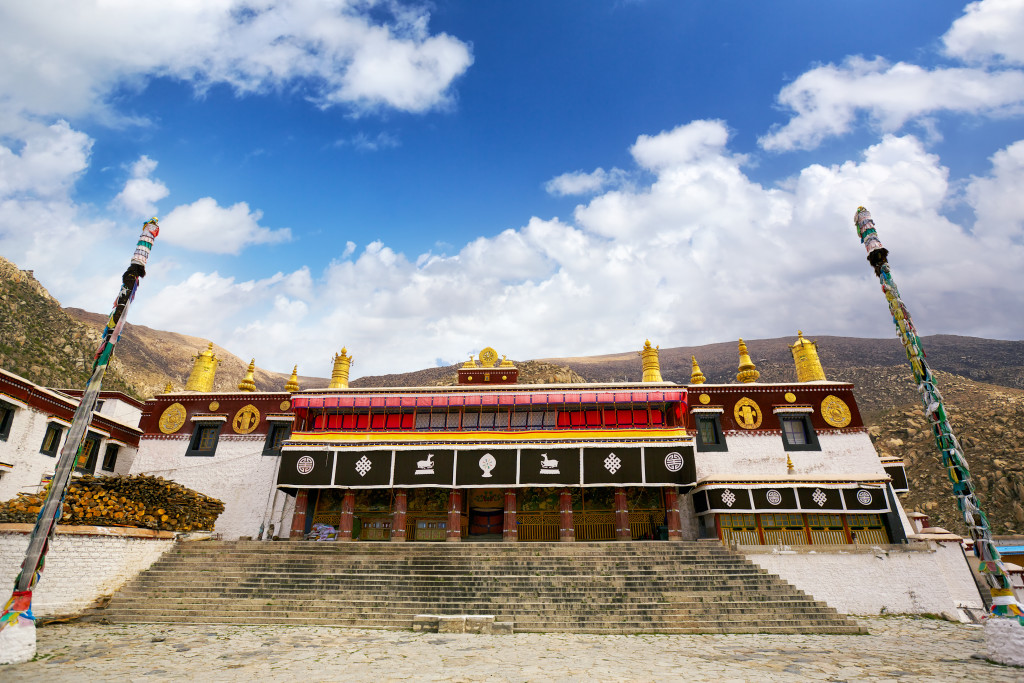
Arrange a Tibet Tour
I have lived and worked full-time in Tibet for more than 15 years. I know all of the most reputable travel agencies in Tibet and have personally given training to many agencies and guide. Feel free to contact me for recommendations on a good travel agency to use. Email me at: info@thelandofsnows.com
Tibet Travel Permits now being processed
Following the annual winter closure that takes place in Tibet each year from mid February until late March, the Tibet Tourism Bureau is now processing Tibet travel permits for the 2017 tourist season.
Group Travel in Tibet
Like recent years, Group Travel in Tibet in 2017 is NOT required. Solo travelers are allowed to travel to Tibet, but still must be part of an organized tour. Because of the costs involved with Tibet travel, many solo travelers prefer to join a small group tour to share the costs of the required private vehicle, driver and tour guide.
Tibet Travel Permits
All foreigners traveling to Tibet must have Tibet Travel Permits. You cannot obtain these permits on your own. A travel agency must get these permits for you from the Tibet Tourism Bureau. You cannot get these permits from a Chinese Embassy or Consulate. These permits are proof that you have an organized Tibet tour arranged. Standard travel permits for Tibet normally take 14 days to arrange. If you plan to go to Mt. Kailash, permit can take up to 4 weeks to arrange. It is best to contact a travel agency at least 1 month before you plan to arrive in Tibet. If you plan to go to the Kailash region of western Tibet, you should contact a travel agency at least 8 weeks before you plan to arrive.
Tibet-Nepal Border Open
After being closed for nearly 2 1/2 years because of the Nepal Earthquake, the main Tibet — Nepal international border crossing finally reopened to foreign travelers on 28 August 2017. The new border crossing is located in Kyirong, about 70 kilometers west of the old port at Zhangmu. As with all areas of Tibet, a full organized tour through a travel agency is required to travel along this route.
Lhasa-Gyantse-Shigatse and Central Tibet
Even if you are only planning on going to the Tibetan capital city of Lhasa, you still must be on an organized tour. The area of Lhasa, Gyantse, Shigatse and Nam Tso Lake and other areas of Central Tibet are all OPEN to foreign travelers who are on an organized tour.
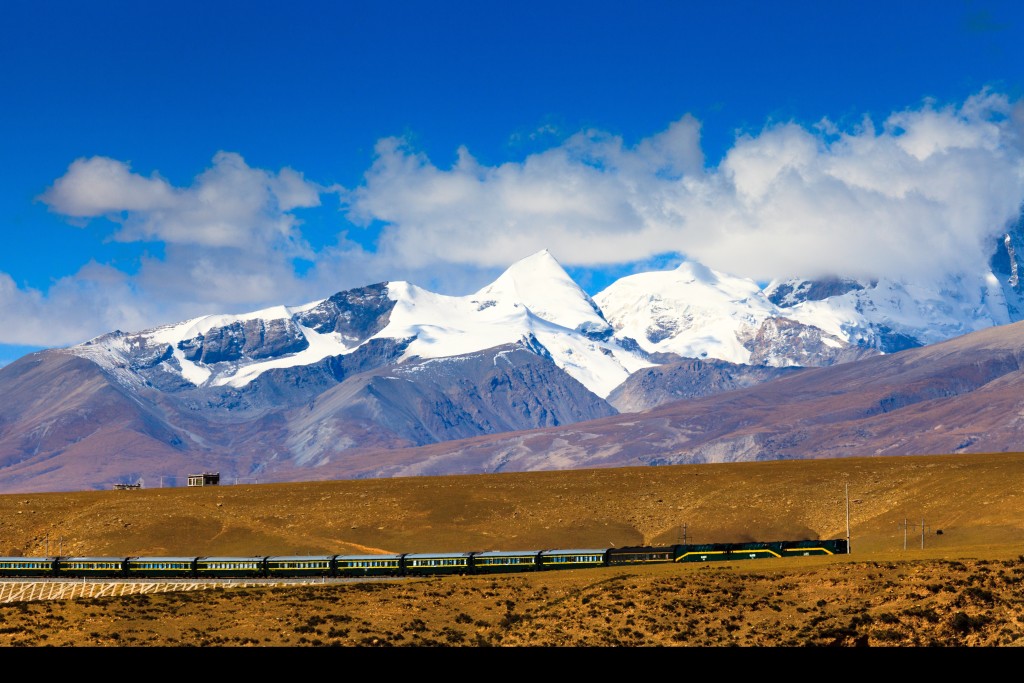
Mt. Everest Base Camp
The Tibet-side Everest Base Camp is OPEN in 2017. In late 2015, the road from Shelkar to Everest Base Camp was finished being paved after a 2 year road construction closure. It now takes less than 2 ½ hours to reach Everest Base Camp from Shelkar. Since base camp lies at 5200 meters/17,050 feet, it is important to make sure you are acclimatized to high elevation before going there. No group travel is required for this region, though a small group tour is an economical way to visit the Everest Region.
Mt. Kailash and Western Tibet
Mt. Kailash, Lake Manasarovar and Western Tibet are all OPEN to foreign travelers. This includes the overland route from Lhasa to Kashgar (Xinjiang) via Western Tibet. The only exceptions are travelers from India and Norway. Indian travelers can go to Mt. Kailash, however, they need to contact a travel agency in Mumbai, Kolkata, Delhi or other major city in India to arrange a pilgrimage journey to the sacred peak. Most travel agencies in Tibet cannot arrange journeys to Kailash for Indian travelers. No group travel is required for this region, though a small group tour is an economical way to visit Mt. Kailash and Western Tibet.
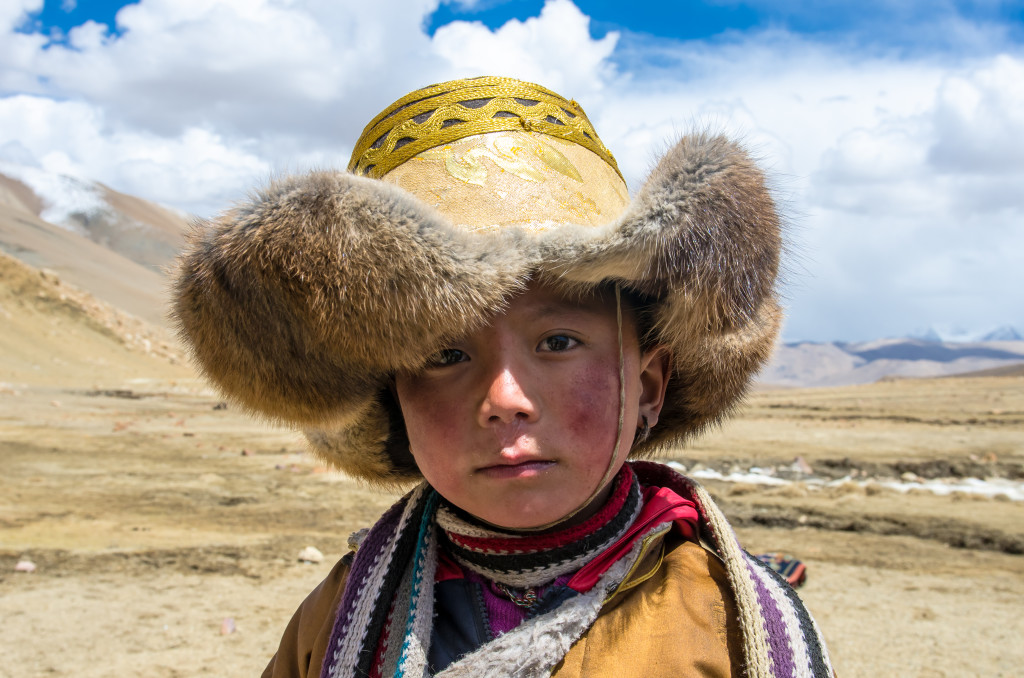
Chamdo Prefecture and Eastern Tibet
All of Chamdo prefecture, with the exception of Rawok Lake (which is only 8 kilometers inside Chamdo prefecture), has been CLOSED to foreign travelers since 2008 and remains closed for 2015. It is unlikely that this area will reopen in 2017 or anytime soon. **This means that the overland routes from Sichuan (Chengdu) and Yunnan (Kunming and Shangri La) will not be able to take place again this year. Coming from Yunnan and Sichuan, you will only be able to travel as far as the border of the eastern Tibet Autonomous Region. You will not be allowed to cross into the TAR.
Entering Tibet from India
In 2015, a small number of Indian Hindu pilgrims on their way to Mt. Kailash were able to cross the Nathu La Pass from Sikkim, India into southern Tibet near Yadong. This was the first time that travelers were able to cross this border since before the 1962 Sino-Indian War. It seems that a small number of Hindu pilgrims from India will be able to cross this pass again in 2017, however, this is ONLY for a very small number of Indian passport holders. Foreign travelers cannot cross the Nathu La Pass from India to Tibet and cannot cross from any border crossing in India into Tibet. If you wish to travel from India to Tibet, you will first have to go to Nepal. There are no overland border crossings that foreigners can use to enter Tibet from India and there are no direct flights from India to Tibet.
Yadong, Lhamo La Tso & other Closed Regions
There are several region of the Tibet Autonomous Region that are completely closed to foreign travelers. The Yadong region is located in south central Tibet and is north of Sikkim, India and west of Bhutan. The entire region from the Indian border, through Yadong and to the town of Khangmar is CLOSED to all foreign travelers. The holy lake of Lhamo La Tso, located in Gyatsa County east of Lhasa, has been closed to foreign travelers for several years and looks to remain closed indefinitely. Regions of Tibet that border the Indian state of Arunachal Pradesh are closed as most of this region is disputed, being claimed by both China and India. As stated above, all of Chamdo prefecture is closed to foreign travelers, including the overland routes to Yunnan and Sichuan provinces.
If you have any questions about traveling in Tibet, please email me at: info@thelandofsnows.com
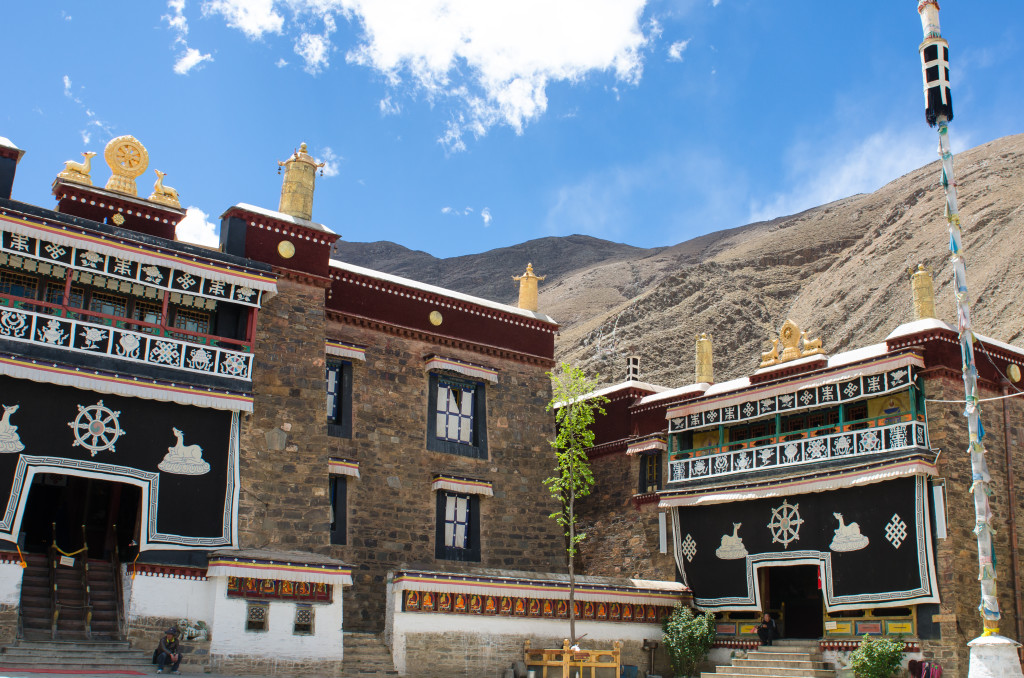
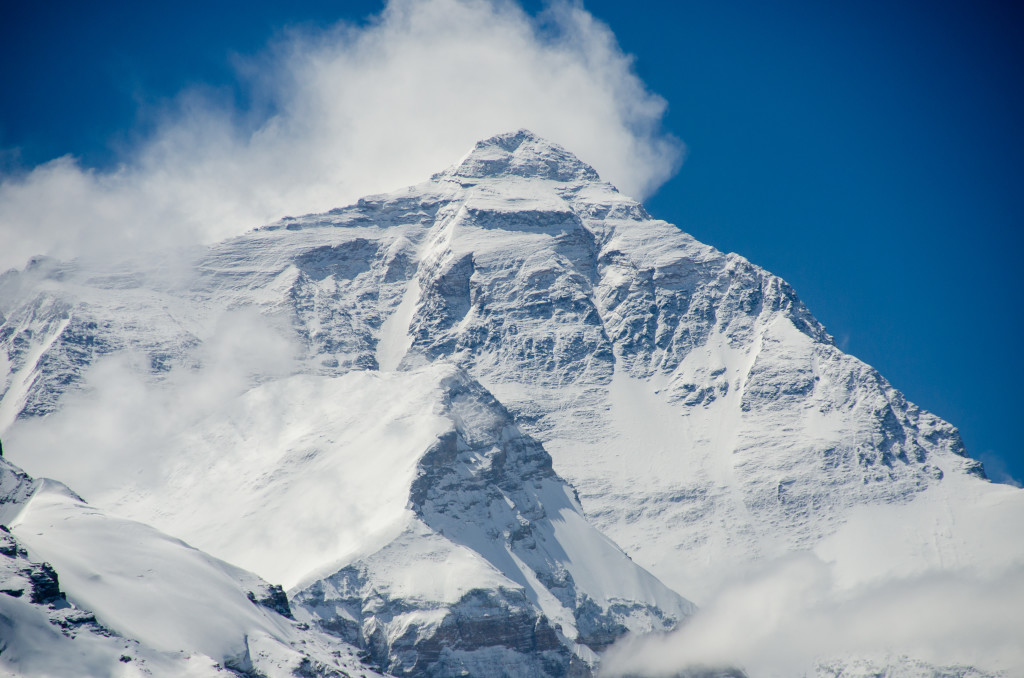
Travel Regulations for Amdo and Kham
The Amdo and Kham Regions are located outside of the Tibet Autonomous Region (TAR) and do not require an organized tour as they are located in the provinces of Qinghai, Sichuan, Gansu and Yunnan. However, these areas do have some special regulations and are prone to occasional political protests. Read below for more information.
The Tibetan Regions in Qinghai Province
Over 95% of the land mass of Qinghai is designated as “Tibetan Autonomous Prefectures”. Qinghai is divided into 6 Tibetan Autonomous Prefectures while one other prefecture has a large amount of Tibetans as well. Over the past 8 years, there have been numerous self-immolations and small protests throughout the province, especially in and around the town of Rebkong, known as Tongren in Chinese. Despite this, much of Qinghai is open without any travel restrictions or need for an organized tour.
The Amdo regions of to the south of Qinghai lake (Tsolho / Hainan prefecture) are all open, however only half of Golok prefecture is open. The counties in GOlok that are open include Maduo, Machen (Dawu) and Jigdril (Jiuzhi). The counties of Darlag (Dari), Gabde (Gande) and Padme (Banma) are closed to foreign travelers. Foreigners can pass through these closed counties in Golok, but cannot stay the night in them
The two counties that lie along the north shore of Qinghai Lake, Gangtsa (Gangca) and Haiyan are both open to foreign travelers, while the two counties that lie to the north of those 2 counties, Menyuan and Qilian, remain closed as they have been for the past 20 years.
In November 2013, government officials from Beijing traveled to Yushu to officially announce that the area had been rebuilt after suffering a devastating earthquake in April 2010 that completely destroyed the town. Jyekundo is finished being rebuilt and there are now many good hotels and restaurants to choose from. All 6 counties of Yushu prefecture are open to foreign travelers. This remote and isolate prefecture, at 97% Tibetan, has some of the best preserved Tibetan culture remaining on the Tibetan Plateau.
The large prefecture of Tsochang / Haixi in far western Qinghai has had some closures in place for more than 20 years. The city of Golmud is open, but the counties of Delingha and Wulan are permanently closed to foreigners.
Read more about Qinghai:
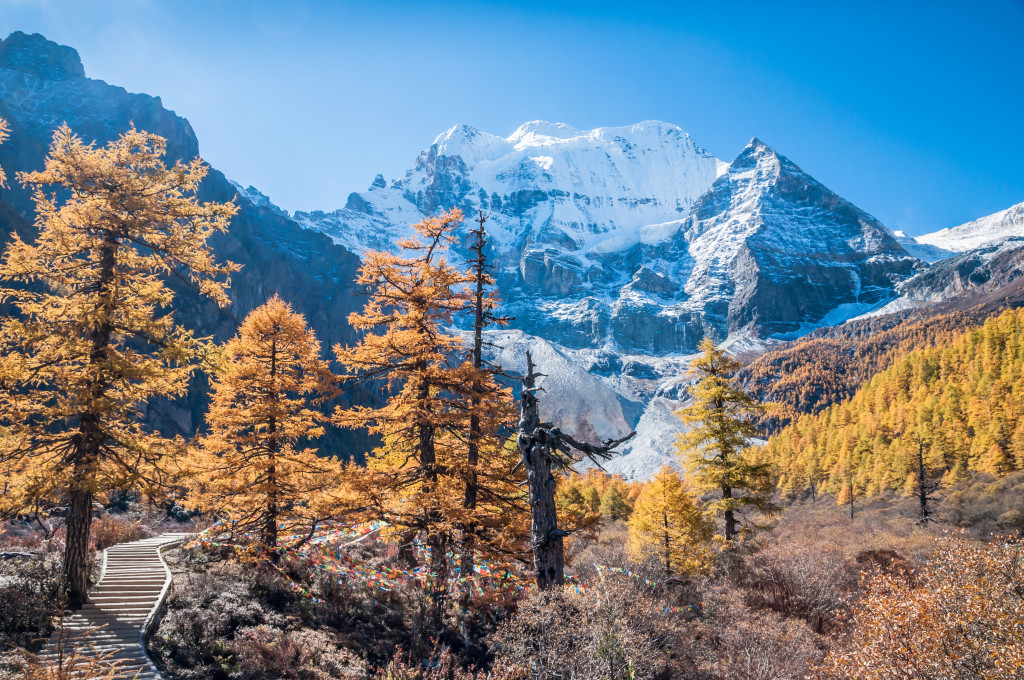
The Tibetan Regions in Sichuan Province
LARUNG GAR in Sertar/Seda County in the western Sichaun region of Kham is CLOSED to foreign travelers. It is impossible how long this closure will be in place. Read the following link for more details: Larung Gar in Sertar is Closed
Western and Northern Sichuan each contain a Tibetan Autonomous Prefecture. Ngawa / Aba prefecture, part of the traditional Tibetan region of Amdo, is located in northern Sichuan and has had some areas of major unrest the past 2 years. Ngawa / Aba county, one of 13 counties within the prefecture, has periodically closed at times over the past 8 years. However, for 2017 the county of Aba is open once again to foreign travelers. The counties of Dzamtang (Rangtang), Marthang (Hongyuan) and Zoige (Ruo’ergai) have also had political unrest in recent years, but are currently open to foreigners. Often times the only way of finding out if these counties are open, are to go there and find out first hand. Local police will always say the area is “open”, even if it is closed. If the area is unexpectedly closed, the police will not fine you or detain you, but kindly ask you to leave. Some guidebooks report that all of Ngawa / Aba prefecture is closed and that simply isn’t true. For 2017, all counties in Aba Prefecture are open.
Garze prefecture, part of the traditional Tibetan region of Kham located in western Sichuan, is currently all open to foreign travelers, except for Larung Gar and Sertar (Seda) County. Starting from early June 2016, foreign travelers have been stopped by police from going to Larung Gar. The reason is due to the government’s plans to drastically reduce the size of Larung Gar over the next year. I have received many first-hand reports of foreigners being stopped from entering Larung Gar and told to leave the region. It is impossible to say how long this travel restriction will be in place.
Sometimes (though not often) the bus stations in Chengdu and Shangri La (Yunnan province) refuse to sell foreigners bus tickets going to counties within this prefecture. This is usually because the bus station attendant is not sure whether the region is open or not and since they don’t know, refuse to sell tickets to foreigners to be on the safe side. There is a small bus station in the Tibetan District of Chengdu, known as Wu Hou Ci. In front of the Kangding Hotel, there is a small bus station that has 2 daily buses leaving each morning to Kangding. This bus station will almost always sell tickets to foreigners even when the other bus stations will not. For 2017, all counties in Garze Prefecture are open, except Sertar (Seda).
The remote Tibetan Autonomous County of Muli, located in southwest Sichuan province, also is open at this time to foreign travelers.
Read more about the Tibetan areas of Sichuan:
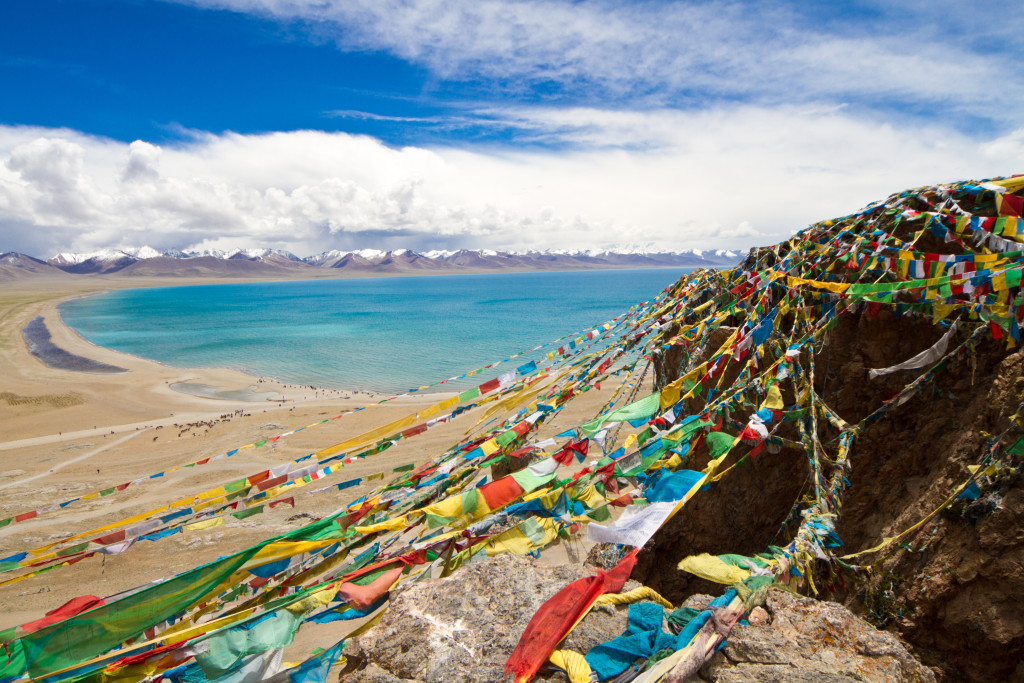
The Tibetan Regions in Gansu Province
Gansu province has one Tibetan Autonomous Prefecture that is part of the traditional Tibetan region of Amdo. Gannan prefecture has been a hot-spot for political unrest for more than 9 years. Along with several small protests, there have been more than 2 dozen self-immolations in this area. However, this region (including Xiahe and Labrang Monastery) remained open to foreign travelers all year from 2013 to present. For this year, 2017, the region again is open to foreign travelers. The only exception is the seldom visited county of Drugchu (Zhouqu) in the far eastern region of Gannan prefecture. All other counties are open.
Read more about the Tibetan areas of Gansu:
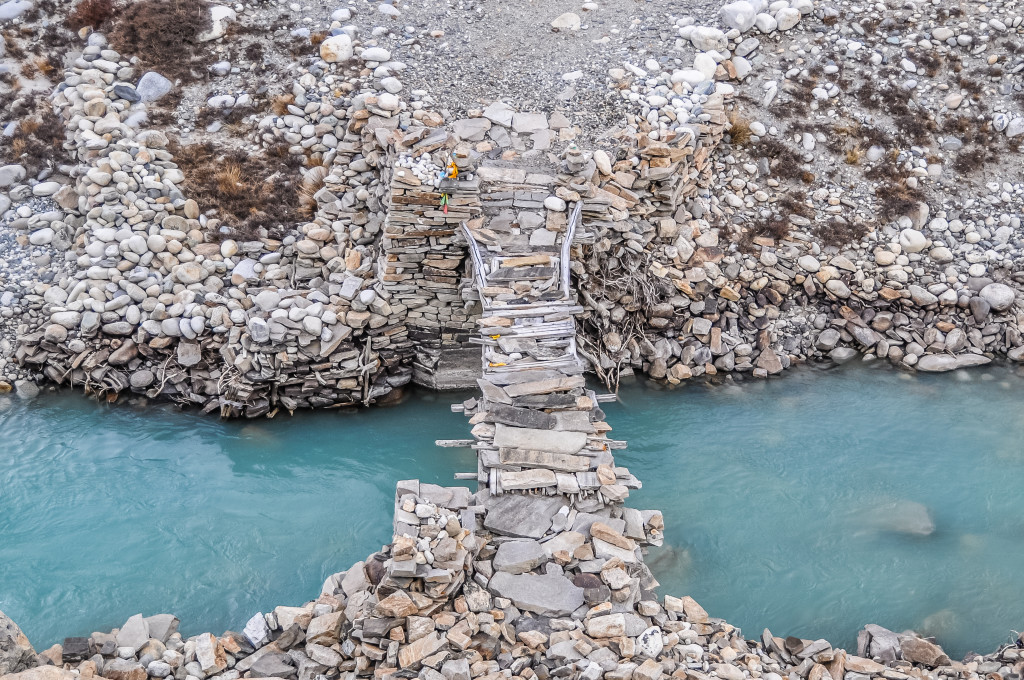
The Tibetan Regions in Yunnan Province
Yunnan province has one small Tibetan Autonomous Prefecture. Dechen (Diqing) prefecture is part of the traditional Tibetan region of Kham and is centered around the large town of Shangri La (Gyelthang in Tibetan). A devastating fire destroyed the Old Town in Shangri La in January 2014, which was the main tourism draw for the area. The Old Town is now nearly finished beign rebuilt.
This prefecture is currently open and only very rarely closes to foreign travelers. However, sometimes (though not often) the bus station in Shangri La will refuse to sell bus tickets to foreigners going north to Xiangcheng or Daocheng counties located in western Sichuan even when these areas are open to foreign travelers. This is usually because no one has notified the bus station that western Sichuan is open and in order to be on the safe side, the bus station attendant won’t sell tickets to foreigners. So far this year, I have not heard of anyone having issued buying bus tickets from Shangri La to western Sichuan, so hopefully this problem won’t happen anymore.
If you have any questions regarding travel regulations, a Tibet tour or anything else travel related to Tibet, send an email to info@thelandofsnows.com or click here to use our HIMALAYA TRIP PLANNER
